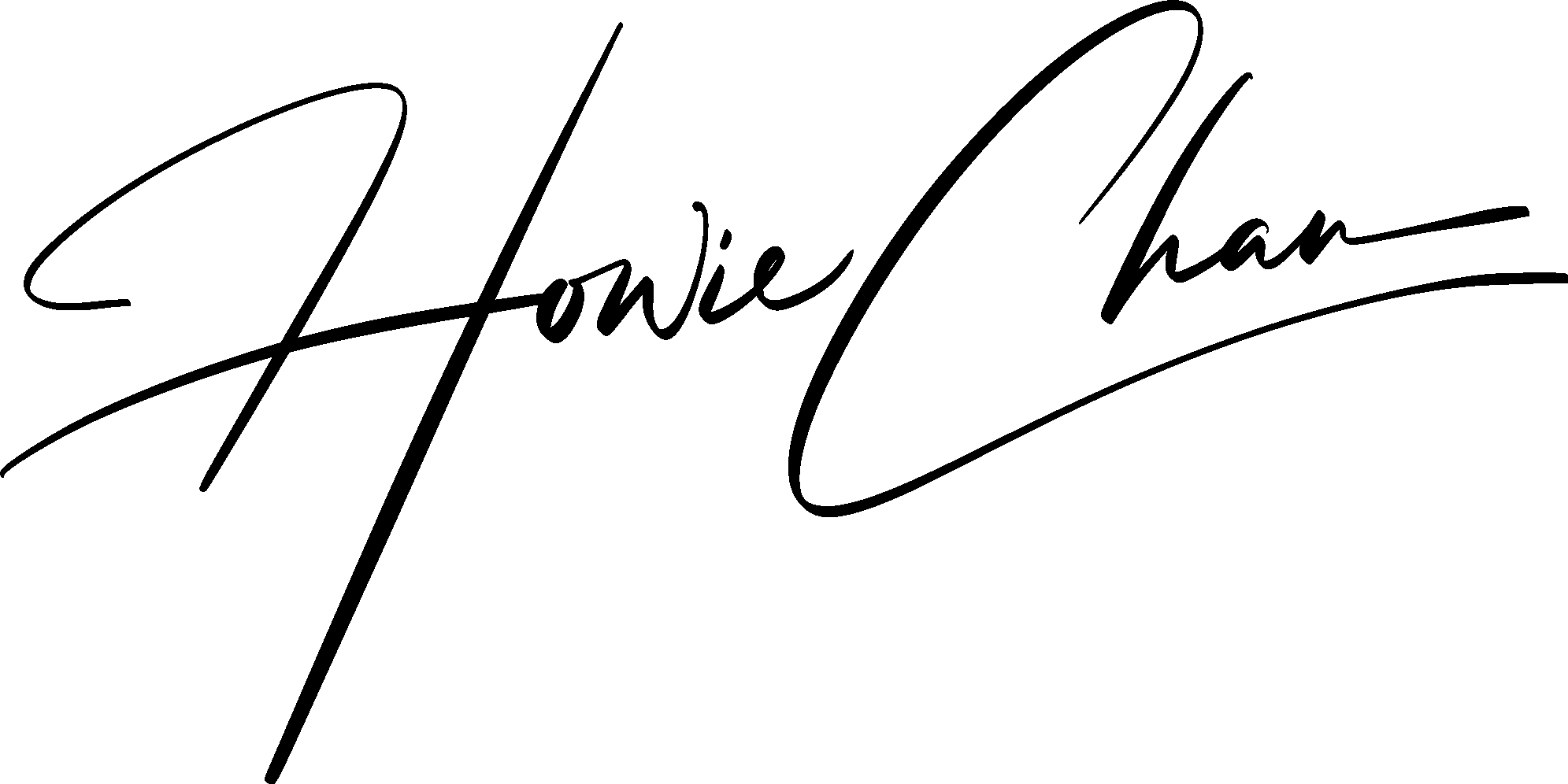Legend has it, that Archimedes was faced with a problem put upon him by King Hieron II of Syracuse. His task was to figure out whether a metal smith had indeed fashioned a crown made out of pure gold or did the smith attempted to cheat the King. This is probably the story that's been told and retold, however the real story has bigger stakes at play.
Instead of a gold crown, Archimedes was actually asked to figure out how to build the biggest boat in history. One that is 60 times a regular ship, one that would hold towers, statues, a gym, a library, a temple, almost 2,000 passengers and 20 horses in separate stalls.
(Watch a short TED-Ed video about this story.)
The Syracusia would be the cruise liner of antiquity. And it was to be sailed to Egypt as a gift. If this ship sank, you can imagine the disaster. Needless to say, Archimedes was stressed.
He would go to the baths to relax and as he lowered himself into the water, he noticed the water spilling over the edge of the tub. This gave him the flash of inspiration he so desperately seeked - the displaced water must have exactly the same volume as him. This revelation formed the basis of the buoyancy principle.
He leapt straight out of the bath and ran naked down the streets shouting “Eureka!” – “I’ve found it!”
Why is this story so famous? Because we've all experienced it, ideas coming to us when we least expect it - when we're walking, in the shower, or driving a regular route.
Recent research sheds some light on what is actually happening in our brains.
A study by Roger Beaty's cognitive neuroscience group at Penn State looked at 163 participants performing a creative task while have their brains undergo fMRI (functional magnetic resonance imaging).
What they found was eye-opening.
It turns out that there are three different networks in the brain that activates during creative problem solving:
Default Mode Network (daydreaming, imagination, and social cognition)
Salience Network (monitoring internal and external streams of consciousness)
Central Executive Network (targeted attention and focus)

Image source: https://caltechletters.org/science/what-is-creativity
They also found the two key variables that can predict a person's creative abilities - the connectivity between these networks and the speed of interaction.
What does that mean for us?
By starving ourselves of downtime and nothing time, we fail to activate our Default Mode Network, build connections between these networks, resulting in a less creative mind.
BASE PRINCIPLE
Doing nothing is the missing link between a problem and an insight (aka "Eureka!").

WHAT IF?
What if you could come up with more creative ideas? What you if had more of those 'aha' moments? What if you became the goto person for big thinking and creativity in your work?
The hardest thing about doing nothing?
We've been brainwashed to think that doing nothing is unproductive and boredom is something to immediately get rid of. Furthermore, when we toil and work towards a goal, there is a rush of dopamine, the feel good drug. Thus the cycle of productivity addiction, squeezing every last drop of our day to "get shit done".
Here are five ways to do more of nothing:
Become aware: first step of any change is to take note of your current state. Whether you are constantly in productivity mode and if you have any negative feelings towards downtime.
Define downtime: have a go-to activity to practice doing nothing. Anything that doesn't have a goal or focused outcome is considered downtime. Some say even meditation is too focused of an activity. Going for a walk is my go-to.
Schedule it: When you schedule something, it becomes a priority. Make a thing by putting it on your calendar. Remember, doing nothing activates the parts of your brain otherwise unused.
Make it a habit: Charles Darwin famously walked around a sandy trail in Kent, and after every loop, he knocked off a pebble from a stack he built at the beginning of each daily session. (He would assign a level of difficulty with the corresponding number of rocks until he found a solution - "A 5 flint problem")
Sit with boredom: the first few minutes of doing nothing will probably drive you crazy. But understand that this discomfort with boredom is a necessary part of the process and when you resist to do more, you will actually feel quite good.
"It is awfully hard work doing nothing."
~Oscar Wild
Go add this into your life and watch it change the way you think and create!
Live your legend 🤘🏽,

Howie Chan
Creator of Legend Letters
Sources:
Nenova, Stella, Syracusia, WorldHistory.org, November 29, 2015 - LINK
D'Angour, Armand, The Real Story Behind Archimedes' Eureka!, TED-Ed, 2016 - LINK
Koontz, Alison, The Circuitry of Creativity: How Our Brains Innovate Thinking, Caltech Letters, March 12, 2019 - LINK
Beaty, Roger et. al., Robust Prediction of Individual Creative Ability From Brain Functional Connectivity, PNAS, Julay 31, 2017 - LINK
The Brain Networks Underlying Imagination, NeuroscienceNews.com, May 17, 2021 - LINK
Porter, Jane, The Neuroscience of Imagination, Fast Company, February 18, 2014 - LINK
Blandford, Megan, Why It's So Hard to Let Ourselves Do Nothing, Headspace - LINK
Young, Damon, Charles Darwin and Walking, Sportsocratic, September 20, 2016 - LINK
Two More Ways I can Help You:
1/ Strategy Hour
Book a 1:1 call with me and we can talk about brand strategy, self-mastery and/or LinkedIn growth (I grew from 7K to 35K followers in 3 months).
2/ Personal Brand Clarity Program
Three 1:1 coaching sessions to get clarity on your story and your brand so you can attract what and whom you want into your life.
